What to Avoid in Skincare and Cosmetics
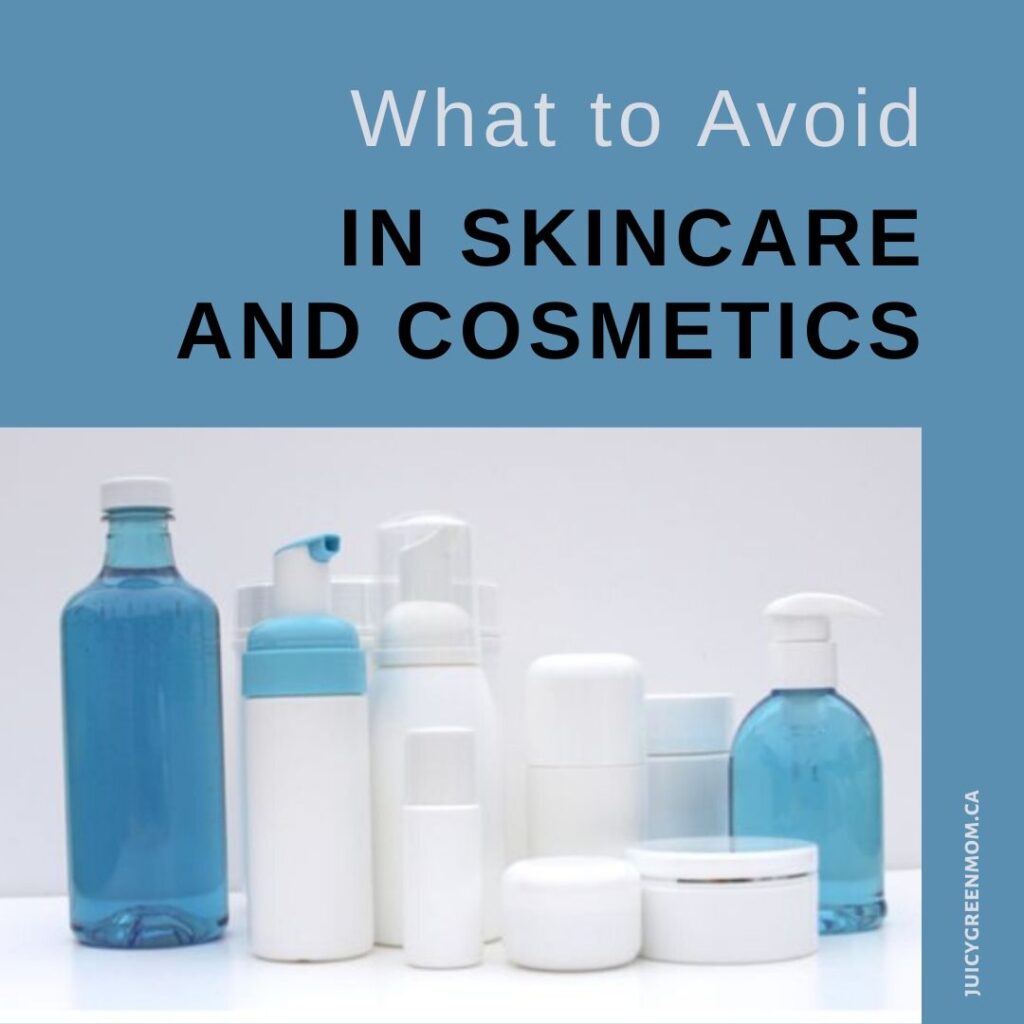
Since I have pretty nasty eczema on my hands (when people notice it, they say things like “did you burn yourself” and “what happened to your hand?”), I’ve been trying a truckload of different lotions and moisturizers to try to help with it. There are lots of skincare products on the market at the minute, both for men and women! It’s pretty overwhelming out there, and it’s easy to fall prey to “greenwashing”.
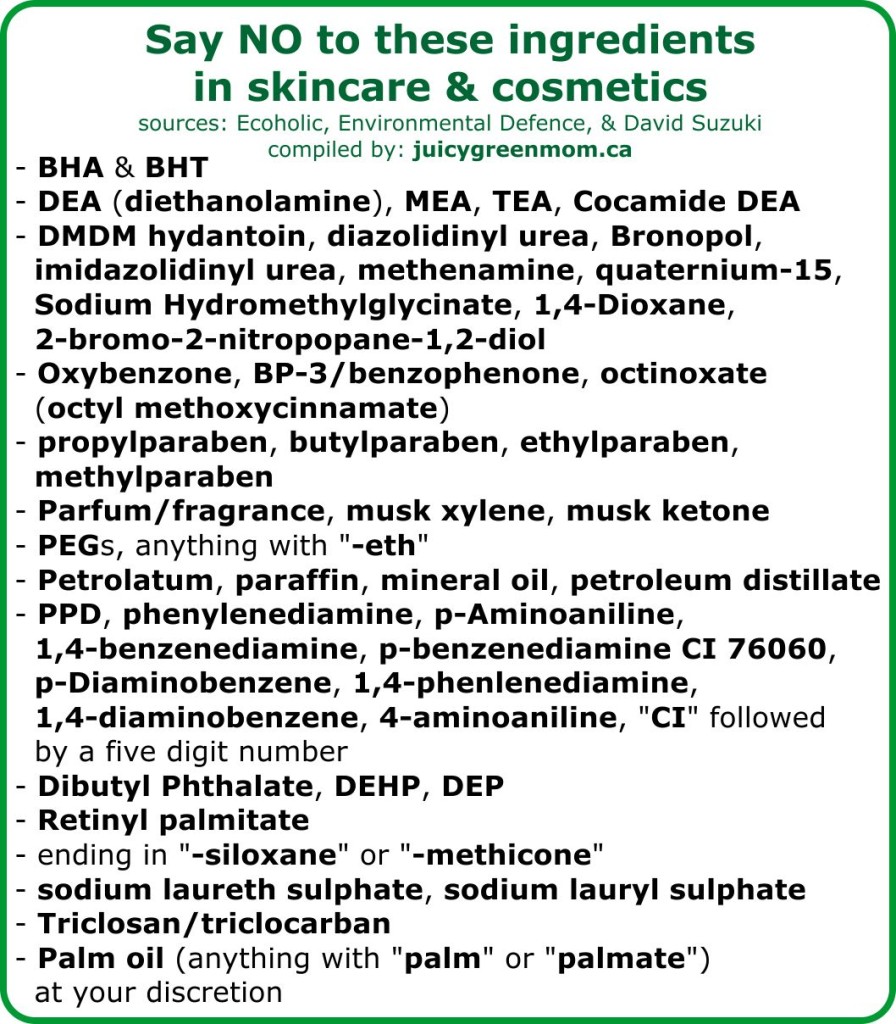
Here’s a summary of what to avoid in skincare and cosmetics. These ingredients should make you put a product back on the shelf, or prevent you from clicking “Add to cart”. In Ecoholic Body, Ecoholic Adria Vasil lists her Mean 15 ingredients – things to avoid in the ingredients list of body care products. The David Suzuki Foundation also has a list of the “Dirty Dozen” chemicals to avoid in cosmetics. Environmental Defence has a guide for their Toxic Ten in skincare products, with an explanation about the ingredients. I’ve mashed them together in this list:
1. BHA & BHT: preservatives, suspected endocrine disruptors, in California BHA must be labelled with warning for cancer. (Ecoholic, Environmental Defence, David Suzuki)
2. DEA (diethanolamine), also avoid MEA, TEA, and Cocamide DEA: used in creamy and foaming products like moisturizers and shampoos. reacts with preservatives to form nitrosamines, which may cause cancer. (Ecoholic & David Suzuki)
3. Formaldehyde-releasing preservatives (DMDM hydantoin, diazolidinyl urea, imidazolidinyl urea, methenamine, quaternium-15, Bronopol, 2-bromo-2-nitropopane-1,2-diol, 1,4-Dioxane, Sodium Hydromethylglycinate): formaldehyde is a known human carcinogen (Ecoholic, Environmental Defence, David Suzuki)
4. Oxybenzone (BP-3/benzophenone) & octinoxate (octyl methoxycinnamate): 2 of the worst sunscreen chemicals, hormone disruptor, endocrine disruptor, mild estrogen mimicker. (Ecoholic)
5. Parabens (including propylparaben, butylparaben, ethylparaben, methylparaben): estrogen-mimicking family of preservatives – linked to breast cancer, may interfere with male reproductive function. (Ecoholic, Environmental Defence, David Suzuki)
6. Parfum/fragrance (also artificial musks like musk xylene, musk ketone): synthetic fragrance may include hormone disruptors, carcinogens, allergy- & asthma-triggers, may be harmful to fish and wildlife. (Ecoholic, Environmental Defence, David Suzuki)
7. PEGs (polyethylene glycol compounds, anything with “-eth” in its name): often contaminated with 1,4-Dioxane which is a probable human carcinogen. (Ecoholic & David Suzuki)
8. Petrolatum/paraffin/mineral oil/petroleum distillates: used in hair products for shine, and as moisture barrier in lip balms, lip sticks and moisturizers. Can be contaminated with carcinogenic hydrocarbons. (Ecoholic, Environmental Defence, David Suzuki)
9. PPD (phenylenediamine, p-Aminoaniline, 1,4-benzenediamine, p-benzenediamine CI 76060, p-Diaminobenzene, 1,4-phenlenediamine, 1,4-diaminobenzene, 4-aminoaniline, colours listed as “CI” followed by a five digit number (found in permanent hair dyes): linked to cancer and non-Hodgkin’s lymphoma (Ecoholic, Environmental Defence, David Suzuki)
10. Phthalates (Dibutyl Phthalate, DEHP, DEP): often hidden in “fragrance“, look for “phthalate-free”. Dibutyl phthalate is a suspected endocrine disrupter and reproductive toxicant. (Ecoholic, Environmental Defence, David Suzuki)
11. Retinyl palmitate: speeds up carcinogenic effect of UV rays (Ecoholic)
12. Siloxanes (ingredients ending in “-siloxane” or “-methicone“): suspected endocrine disrupter, toxic to fish & aquatic life, look for silicone/ siloxane-free products. (Ecoholic, Environmental Defence, David Suzuki)
13. Sodium laureth sulphate: often contaminated with carcinogenic 1,4-Dioxane. Sodium lauryl sulphate is an irritant. (Ecoholic, Environmental Defence, David Suzuki)
14. Triclosan/triclocarban: antibacterial products, suspected thyroid disrupter, may contribute to antibiotic resistance. (Ecoholic, Environmental Defence, David Suzuki)
15. Palm oil (anything with “palm” or “palmate” in its name): an ecological nightmare, less of a health concern – see my post on the Palm Oil Controversy for more info. (Ecoholic)
The David Suzuki Foundation surveyed Canadians to see how many of our products contained any of the Dirty Dozen. Turned out that 80% of the products entered contained at least one toxic chemical. Yikes. They have a handy wallet card of the Dirty Dozen that you can easily take shopping when looking at ingredients. You can print it out yourself from their website.
The image I’ve made above is also printable (click to download: chemicalstoavoid) – if you print it out and fold it in half, it will be the size of a business card. I know it’s hard to keep track of all these dirty ingredients – when I started trying to avoid them, it took some time to compare ingredient lists to my own list of things to avoid. But once you start doing it, it becomes a lot easier because you start to get used to the names of ingredients. And once you start trying certain brands you like, it becomes even easier. However, I would still caution everyone to always check the ingredients list before you buy, even if it’s from a brand that you like and trust. Sometimes the odd product in a pretty clean brand will still have something yucky in it – so it’s up to us to stay educated and aware.
Healthy Child also has a great resource about 10 Tips to choose safer cosmetics, and the 5 Worst Ingredients in Kids body care products.
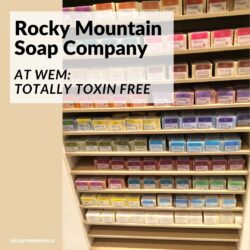
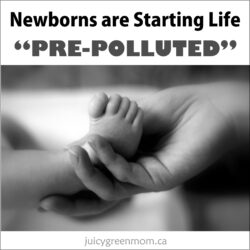
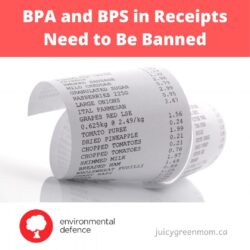
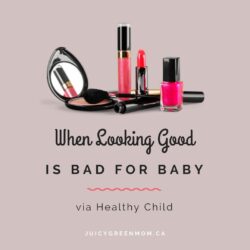

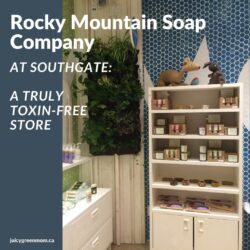

19 Responses